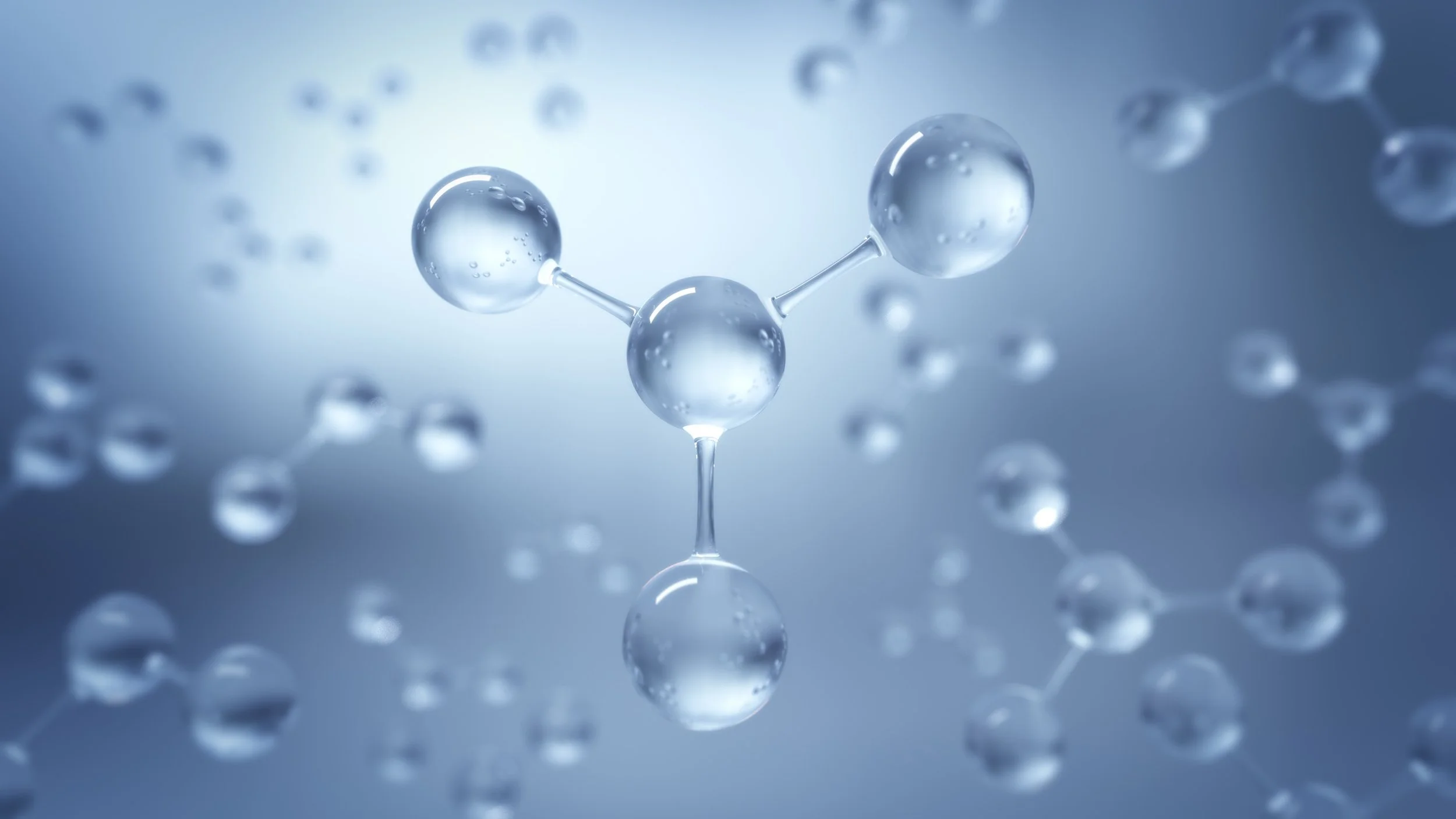Ozone Sterilisation is Different
Ozone permeates into hard-to-access places. Like under a bed where the UV light doesn’t reach.
Ozone is an unstable form of oxygen, also known as trioxygen - an inorganic molecule with the chemical formula O3.
In our stratosphere, ozone acts as a shield that absorbs the sun’s ultraviolet radiation. As a sterilising agent, ozone has a different role.
Known as an excellent, safe and effective steriliser for the disinfection of drinking water, ozone is now getting more attention for its strong oxidizing properties.
By nature, oxygen is a reactive element that “oxidizes” other elements. Ozone is often called “active oxygen” because it more rapidly oxidizes as it returns to its more stable O2 state.
Pioneer in the world of ozone sterilization - Tim Stoddard, CEO of Cylopss - explains how ozone works:
“ Ozone is a unique antimicrobial agent. In fact, it is the most aggressive oxidating (sic) antimicrobial agent known to man.
Ozone is formed by applying electrical energy to the oxygen molecule, which splits some portion of those oxygen molecules in half, into singlets of O.
Those single O atoms attach to O2 for a very short time period, becoming O3, which has a half-life in its natural state of about 20 minutes before, on its own, it converts back to oxygen by releasing its singlet of O.
During that active phase as ozone, it reacts to any organic compound by oxidizing double carbon bonds. So, unlike a lot of other disinfection sterilization technologies, in the act of literally taking a cell membrane apart, in destroying the cell, it converts itself back to oxygen which is a very benign waste product.
If you look at water that has been disinfected with a chlorinated compound versus ozone, you’ll see dead microorganisms in the chlorinated water. If the water has been treated correctly with ozone you should literally see nothing because it should break it down to just its basic elements which are hydrogen and <a>CO2.
This is why ozone is such a good germicide, fungicide and deodorizer. Safe and extremely effective at small concentrations.
As little as 0.5 parts per million (ppm) of ozone can deactivate bacteria and viruses.
Like chemical treatments, the higher the concentration, the faster the process. However, ozone has the advantage of being an absolute gas, meaning it does not exist as a solid or liquid at room temperature. Thus, when ozone dissipates, its effect is completely gone.
This is why ozone has been used instead of liquid and evaporative chemical treatments for sanitizing, deodorizing, and exterminating.
For example, many hospitals and medical facilities have used, and continue using formaldehyde vaporization, peracetic acid, and/or chlorhexidine for sanitizing. These chemicals are caustic and toxic; they can cause many adverse reactions in humans and animals as well as damage surfaces and materials.
Ozone has the added advantage of being an irritant to insects and even deadly to bed bugs, dust mites, fleas, and lice. Insects and rodents instinctively flee from small ozone concentrations as little as 1ppm to 3ppm. This means that regular low-level ozone treatments can control pests which, themselves, can be disease carriers.
Damaging Effects of Ozone
On its own, ozone can be quite dangerous: it is toxic, corrosive and flammable. It is an irritant that can cause burning eyes and air passages. Excessive exposure can be harmful and cause reactions for people with compromised breathing like COPD and asthma.
Within a steriliser, the ozone is produced and broken down so chances of exposure to it are quite minimal.
This is why Sterile-Bright™ exposure times are brief and the amount of ozone generated throughout a space does not exceed 1ppm during a customary treatment. Ozone creation declines as distance increases from the Sterile-Bright™ unit.
The waste ozone is destroyed by passing through a simple catalyst, which brings it back to a state of oxygen that can be safely expelled into the air.
At increments of three feet, ozone generation declines proportionally, depending upon the Sterile-Bright™ power which can range from 250 watts to 2,000 watts. Proper ozone protocols are achieved by following the appropriate exposure times required for each space.
Sterile-Bright technology uses UV-C and Ozone and is one of the best sterilisation products on the market. Find out more about Sterile-bright UV-C and Ozone Lights and Lamps and contact us for a free demo!

